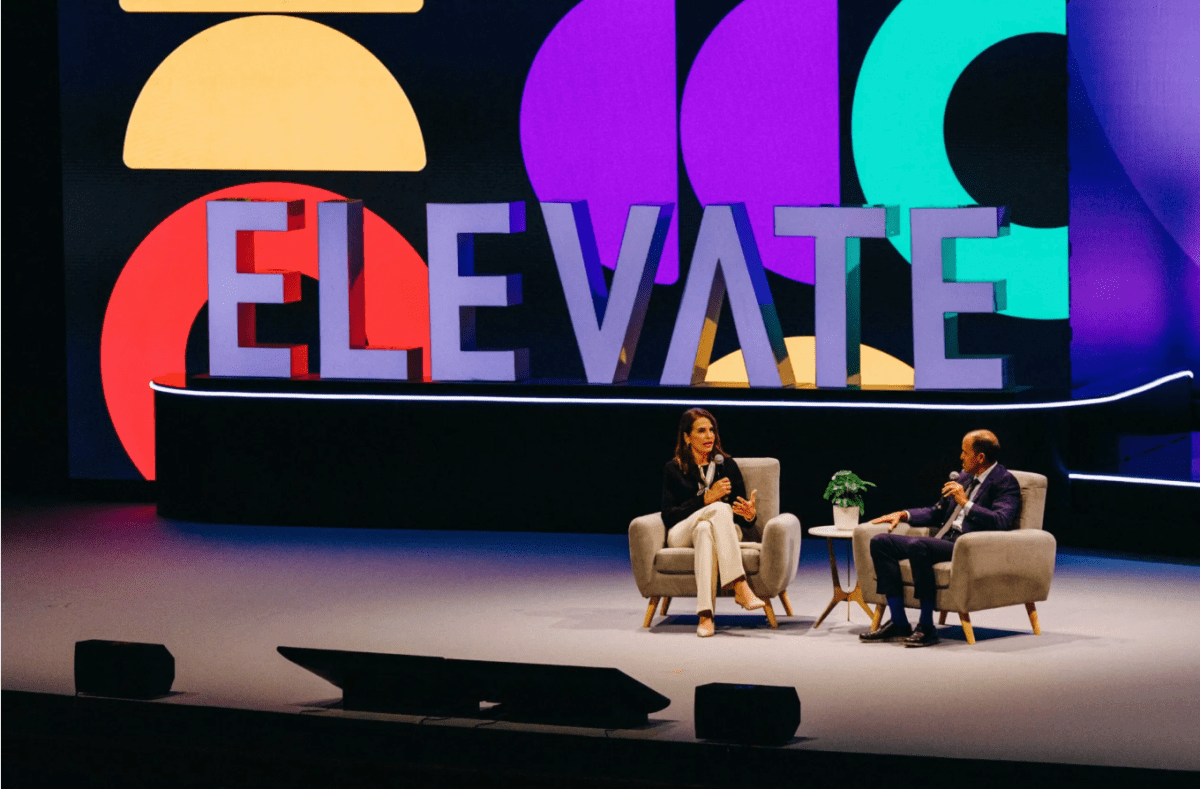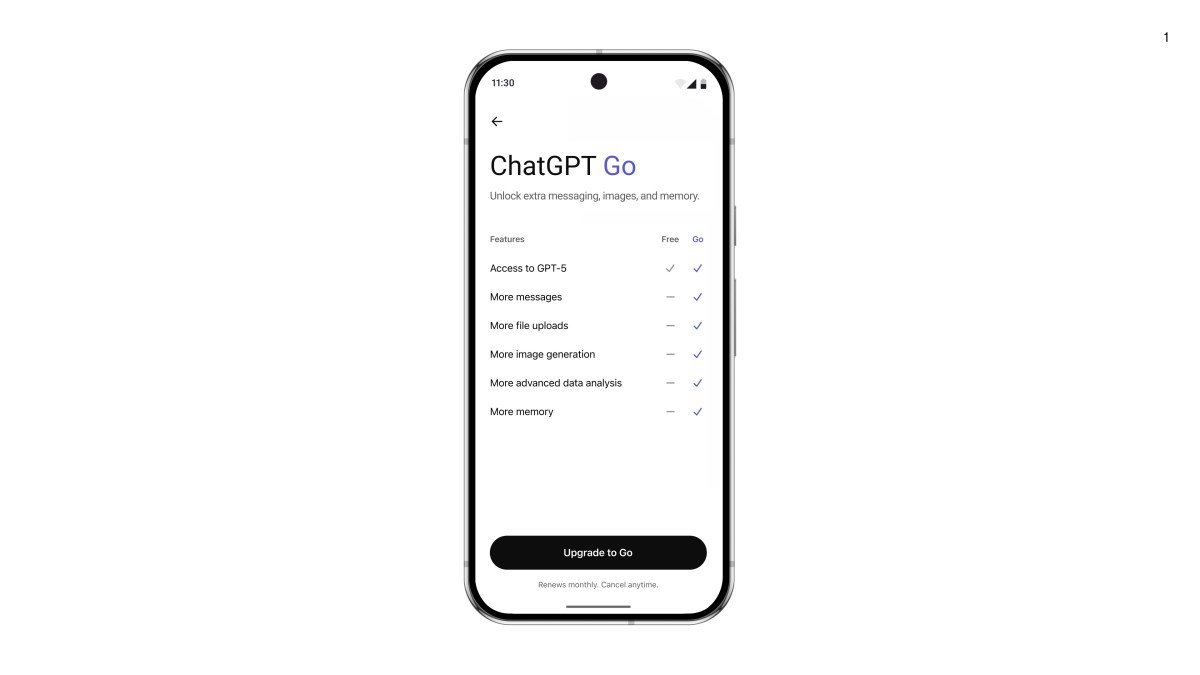Intensifying Financial Scrutiny on OpenAI: Revealed Revenue and Costs
After a year of intense dealmaking and rumors about an IPO, OpenAI finds itself under rigorous financial scrutiny. Recent leaks from tech blogger Ed Zitron shed light on the company’s revenue and operational costs over the last couple of years.
Microsoft’s Revenue Share from OpenAI: The Financials Unveiled
According to Zitron’s latest report, Microsoft earned $493.8 million in revenue share payments from OpenAI in 2024. This figure surged to $865.8 million during the first three quarters of 2025.
The 20% Revenue Sharing Agreement with Microsoft
OpenAI is believed to share 20% of its revenue with Microsoft, following a deal in which the tech giant invested over $13 billion in the AI company. Although neither party has publicly confirmed this percentage, the implications of such a partnership are noteworthy.
Revenue Sharing Dynamics Between OpenAI and Microsoft
Interestingly, Microsoft also shares revenue with OpenAI, returning about 20% of earnings from both Bing and the Azure OpenAI Service. This dual revenue-sharing model adds complexity to how much each entity truly benefits from the partnership, as Microsoft reportedly deducts certain amounts from its internal revenue share figures.
Lack of Transparency in Microsoft’s Financial Reports
Microsoft does not disclose specific revenues from Bing and Azure OpenAI in its financial reports, making it challenging to estimate the tech giant’s return from this relationship.
Insights from Leaked Documents: Revenue and Spending
Despite the opaque financial landscape, the leaked documents reveal valuable insights into OpenAI’s revenue streams and expenses, fostering speculation about its financial health.
Estimating OpenAI’s Revenue: Potential Figures
By analyzing the widely cited 20% revenue-sharing statistic, we can surmise OpenAI’s revenue at approximately $2.5 billion in 2024 and around $4.33 billion in the first three quarters of 2025. Previous estimates suggested that OpenAI’s revenue could reach about $4 billion for 2024 alone.
Future Revenue Projections: Beyond $20 Billion?
Sam Altman recently suggested that OpenAI’s revenue might exceed previous estimates of $13 billion annually, possibly reaching a yearly run rate above $20 billion by the end of the year, with aspirations of hitting $100 billion by 2027.
The Rising Cost of Inference: A Balanced Perspective
According to Zitron’s report, OpenAI spent approximately $3.8 billion on inference in 2024, which surged to about $8.65 billion in the first nine months of 2025. Inference costs are incurred when running trained AI models to generate outputs.
Shifting Partnerships: OpenAI’s Cloud Computing Strategy
Historically, OpenAI has relied heavily on Microsoft Azure for computing resources but has recently diversified its partnerships to include CoreWeave, Oracle, AWS, and Google Cloud.
Interpreting OpenAI’s Financial Landscape: Costs vs. Revenue
While these figures do not provide a comprehensive overview, they suggest that OpenAI’s expenditures on inference could potentially outpace its revenue, raising valid concerns regarding profitability in an increasingly competitive AI landscape.
Broader Implications for the AI Sector
If a leading player like OpenAI continues to operate at a loss while running its advanced models, it sparks critical questions regarding the sustainability of investment in the broader AI ecosystem.
OpenAI declined to comment, while Microsoft has not yet responded to requests for further information from TechCrunch.
For sensitive tips or confidential insights, reach out to Rebecca Bellan at rebecca.bellan@techcrunch.com or Russell Brandom at russell.brandom@techcrunch.com. For secure communications, contact them via Signal.
Sure! Here are five FAQs based on the topic of leaked documents regarding OpenAI’s payments to Microsoft:
FAQ 1: What do the leaked documents reveal about OpenAI’s payments to Microsoft?
Answer: The leaked documents indicate specific payment amounts and terms regarding Microsoft’s financial support for OpenAI, highlighting the significant investment Microsoft is making to integrate OpenAI’s technology into its products.
FAQ 2: How much is Microsoft paying OpenAI according to the documents?
Answer: The documents reveal that Microsoft has committed to multi-billion dollar investments over several years, with specific figures detailing payments based on usage metrics and service agreements.
FAQ 3: What is the purpose of Microsoft’s investment in OpenAI?
Answer: Microsoft’s investment aims to enhance its cloud computing services Azure by integrating OpenAI’s advanced AI models, furthering their competitiveness in the tech industry and expanding AI capabilities across various applications.
FAQ 4: How do these payments affect the relationship between Microsoft and OpenAI?
Answer: The financial support solidifies a strategic partnership, allowing Microsoft to gain exclusive access to OpenAI’s technologies and boosting collaboration on future AI innovations.
FAQ 5: Are there any implications for consumers or businesses based on this information?
Answer: Yes, the funding could lead to improved AI tools and services available through Microsoft products, potentially enhancing user experience and creating more advanced solutions for businesses leveraging AI technology.










